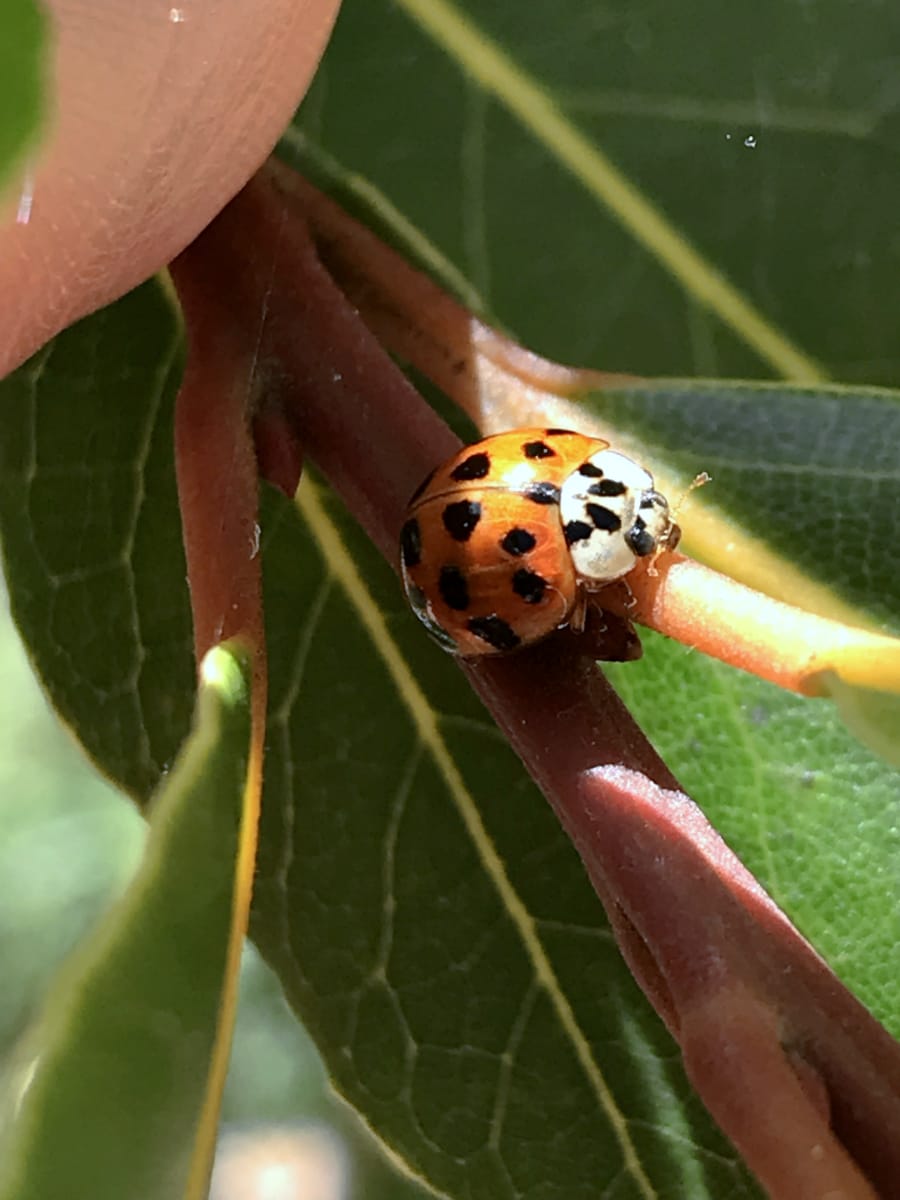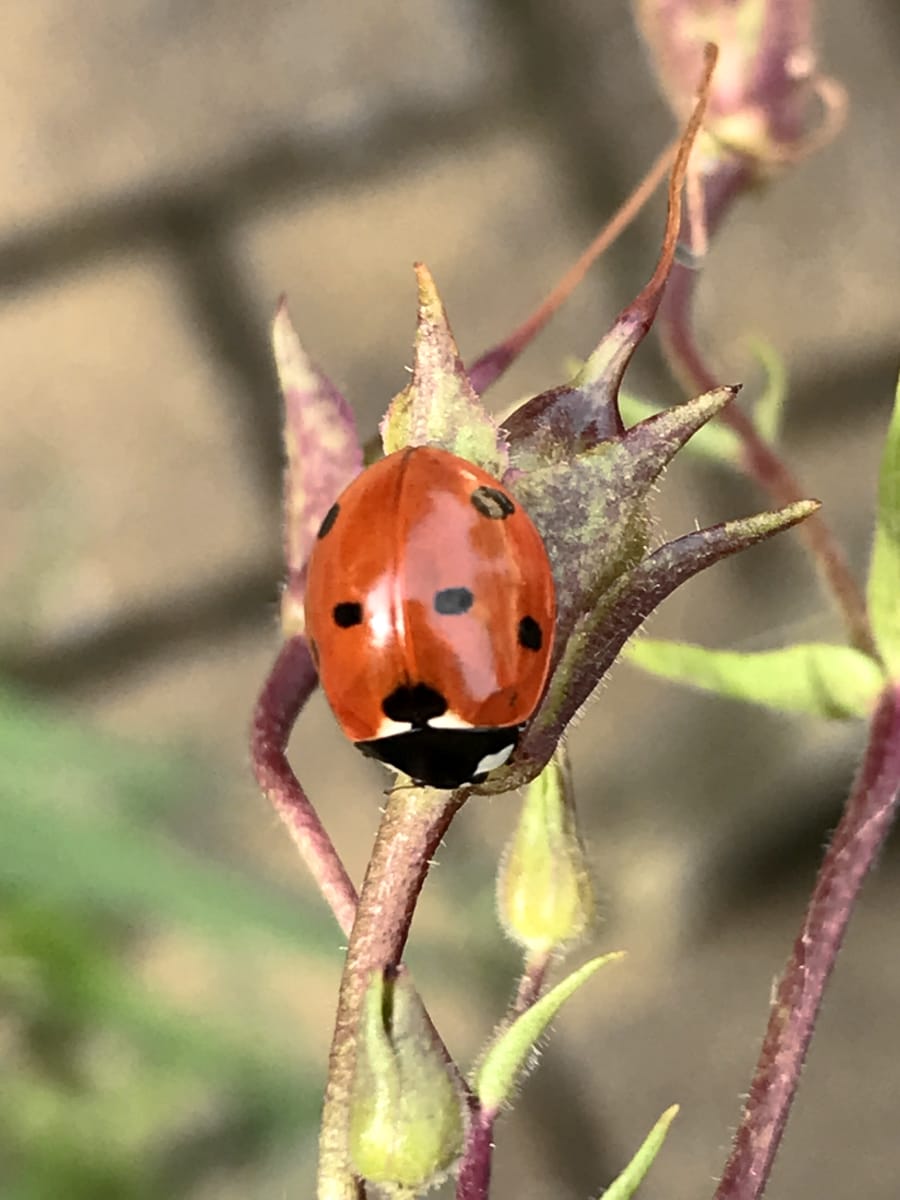Nothing in Basket!
About the Author & Content Disclaimer
The advice in this post is based on 10+ years of hands-on experience testing seeds in our sandy Suffolk Garden.
While I love sharing my journey and the things I discover, please understand that I am not a certified professional in gardening or wildlife. I ground my content by deep-diving into reliable books and expert resources, but please use my advice only as a guide for your specific garden.
I use and sell the same UK-sourced, wildlife-approved seeds in my own garden that you see throughout this site. Shop the seeds here.
If you notice any inaccuracies or have additional insights to share, please feel free to contact me via this website's contact forms.
Ladybirds are a familiar sight in gardens and parks around the world. There are more than 40 species in Britain, and a healthy garden can support several species of ladybird at any given time.
These brightly coloured, oval or round, sometimes hemispherical beetles are immediately recognisable. They range in size from 1 to 10mm. Ladybirds play a crucial role in maintaining an ecological balance in our gardens and green spaces.
Ladybirds are invertebrates belonging to the family Coccinellidae, ladybirds are a type of beetle known for their distinctive markings. While the most common colour is red with black spots, there are other variations, including yellow, orange, and even black with white or red spots. This vibrant colouration serves as a warning to predators, signalling that they are distasteful or even poisonous.
Ladybirds are primarily carnivorous, feeding on small insects like aphids and scale insects. Their voracious appetite for these pests makes them valuable allies to gardeners and farmers. A single ladybird can consume thousands of aphids during its lifetime.

Here is a 10 spotted ladybird on a Penstemon seed head in my garden.
Ladybirds can be found in a variety of habitats. They like coniferous and deciduous woodland, heather, gardens, and parks; wherever their prey is. They are particularly attracted to areas with abundant vegetation, as this provides food and shelter. During the winter, many species hibernate in sheltered locations, such as under tree bark, in attics, or even inside houses.
The Life cycle of a ladybird typically consists of four stages:
Ladybirds are beneficial insects for several reasons:
If you want to encourage ladybirds to visit your garden, here are a few tips:
I often have people telling me to kill the Harlequin ladybird because it's not native. However, although the Harlequin ladybird (Harmonia axyridis) became established in Britain around 2004, it is now one of the most commonly seen ladybirds.
The Harlequin reaches a length of 8-10mm. Two common forms are black with two red spots or orange with 18 black spots. Larvae reach up to 10mm in length and have two orange stripes and are spiky.
Like other ladybirds this species feeds on aphids and other insects, occasionally becoming cannibalistic. There is some evidence this has caused a decline in native ladybirds due to competition for food. However it is NOT necessary to attempt to control this species, as it is easily confused with native species (the average person could do more harm than good by terminating them) and is largely a predator of aphids.
Seven spot ladybird, Coccinella 7-punctata. Adults are 5-8mm in length and almost always red with seven black spots. The larva is grey with four pairs of orange markings. A widespread species often found in gardens feeding on aphids.

Here is a 7 spot ladybird, Coccinella 7-punctata, also enjoying the seed heads of my penstemons
Conclusion
By understanding the importance of ladybirds and taking steps to attract them to your garden, you can help to create a healthier and more balance ecosystem.
Nothing in Basket!
